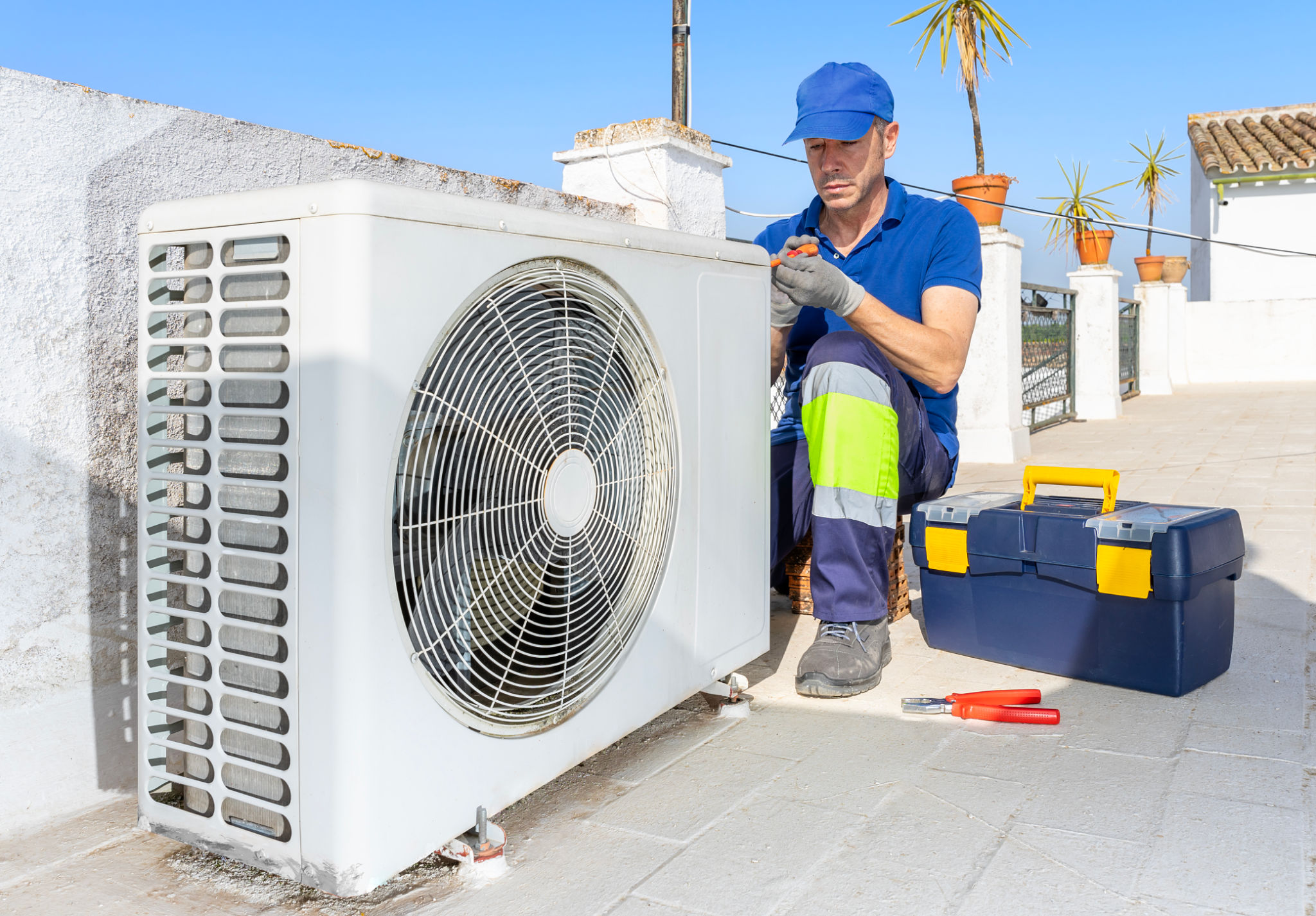Seasonal Facility Maintenance: Preparing Your Commercial Building for Winter
Understanding the Importance of Winter Facility Maintenance
As winter approaches, the importance of preparing your commercial building for the colder months cannot be overstated. Seasonal facility maintenance is crucial to ensure the safety, efficiency, and longevity of your property. Proper preparation can prevent costly repairs and minimize disruptions to your business operations during harsh weather conditions.

Inspecting and Sealing the Building Envelope
One of the first steps in winterizing your commercial building is inspecting the exterior. Check for cracks or gaps in the building envelope, including walls, windows, and doors. Sealing these openings with caulk or weather-stripping can prevent cold air infiltration and maintain a stable indoor temperature, which is vital for energy efficiency. Additionally, inspect the roof for any damaged or missing shingles that could lead to leaks.
Maintaining HVAC Systems
Your building's heating, ventilation, and air conditioning (HVAC) systems are critical during winter. Ensure that they are in optimal condition by scheduling a professional inspection and maintenance service. Replace air filters, check thermostats, and inspect ductwork for any leaks. A well-maintained HVAC system not only provides comfort but also helps in reducing energy costs.

Protecting Plumbing Systems
Frozen pipes are a common problem during winter that can lead to significant damage and costly repairs. To prevent this, insulate exposed pipes in unheated areas such as basements, attics, and crawl spaces. Additionally, ensure that the building's heating system maintains a consistent temperature to keep pipes from freezing. Consider installing pipe insulation or using heat tape as added protection.
Enhancing Safety Measures
Winter conditions can create hazardous situations both inside and outside your building. Implementing comprehensive safety measures is essential to protect employees and visitors. Ensure that walkways, parking lots, and entrances are well-lit and free of snow and ice. Stock up on ice melt and ensure snow removal equipment is in working order. Inside, place floor mats at entrances to reduce slipping hazards.

Upgrading Insulation
Improving your building's insulation is another effective way to prepare for winter. Evaluate the insulation in walls, ceilings, and attics to ensure it meets current standards. Upgrading insulation can significantly enhance energy efficiency by reducing heat loss, which translates into lower heating costs throughout the season.
Testing Emergency Systems
Winter storms can cause power outages and other emergencies. It's vital to test all emergency systems, including generators, fire alarms, and emergency lighting, to ensure they are fully operational. Regular drills and updates to emergency plans can further enhance preparedness for unexpected situations.
Creating a Winter Maintenance Plan
Lastly, develop a comprehensive winter maintenance plan tailored to your building's specific needs. This plan should include scheduled inspections, routine maintenance tasks, and emergency protocols. Assign responsibilities to staff or hire professional services to execute the plan efficiently. A proactive approach helps mitigate risks and ensures a safe and comfortable environment throughout winter.
